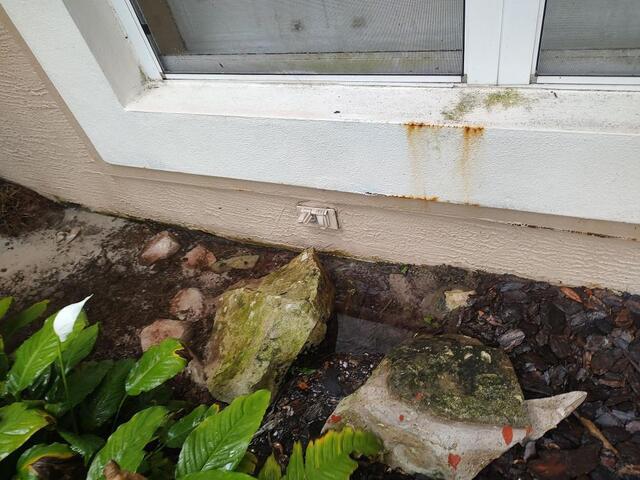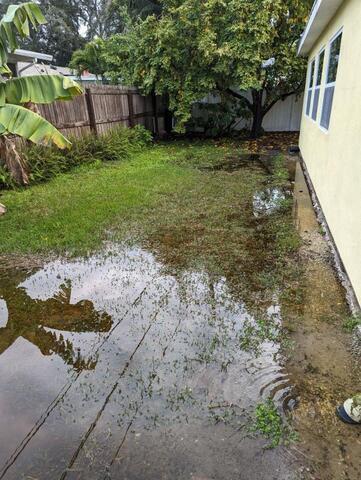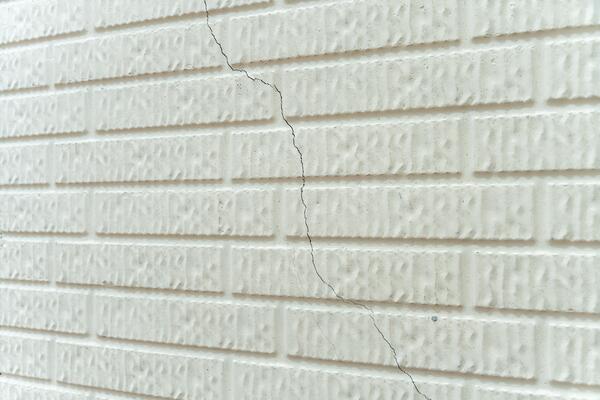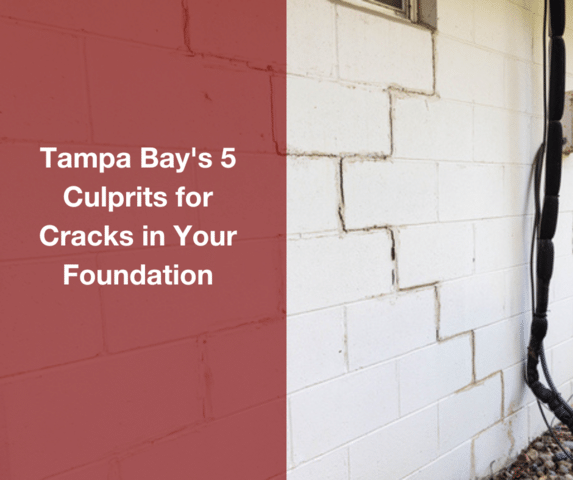Tampa Bay's 5 Culprits for Cracks in Your Foundation
Why Foundation Cracks Demand Your Attention
Foundation cracks aren’t just cosmetic imperfections—they are alarms signaling deeper problems beneath your home. In Tampa Bay, a region renowned for its unique geology and heavy rainfall, these cracks often stem from specific hazards that require targeted solutions. Understanding the root causes—whether shifting soil, water pressure, or tree roots—empowers homeowners to respond effectively, protect their investment, and avoid costly repairs later.
1. Shifting Soil and Sinkholes
Tampa Bay is built atop a karst limestone landscape that naturally dissolves over time, creating underground cavities and voids. Heavy rain or groundwater shifts can trigger uneven settling or even sudden sinkhole collapse, causing wide foundation cracks. If you notice misaligned walls, uneven floors, or sticking doors and windows, shifting soil could be disrupting your foundation.
2. Hydrostatic Water Pressure During Rainy Season
Heavy seasonal rainfall saturates the soil, building hydrostatic pressure that pushes laterally against foundation walls. This force can lead to damp, leaking or bowed cracks—especially horizontal ones—that let water seep into your home. Home inspectors often report horizontal cracks as tell-tale signs of hydrostatic pressure in wet areas like Tampa.

3. Poor Drainage and Surface Water Pooling
Improper drainage or soil graded toward the home allows water to collect near the foundation, eroding the soil’s load-bearing capacity. As support weakens, corner cracks and soil washout are common tell-tale signs. Homeowners should watch for erosion near foundation corners—especially after heavy rain—since pooling water is a primary culprit behind corner cracks.

4. Tree Roots Disturbing the Soil
As tree roots grow, they either lift concrete slabs or draw moisture from nearby soil, creating uneven settling. This can result in cracks adjacent to walls and visible roots near damaged areas. To prevent this, planting trees at least 20ft from your home and installing root barriers are essential preventative steps.
5. Age-Related Wear and Natural Settlement
All homes settle over time, especially those built decades ago. In older Tampa properties, “spiderweb” or stair-step cracks—typically appearing in brick or block walls—often result from natural slippage of building materials. While minor cracks may not be alarming, worsening or patterned ones should prompt a professional foundation evaluation.
What to Watch For: Quick Check Guide
- Shifting soil/sinkholes: Wide cracks, misaligned doors and windows
- Hydrostatic pressure: Damp cracks, leaking or bowing walls
- Poor drainage: Cracks at corners, adjacent soil erosion
- Tree roots: Cracks near walls, visible roots close to foundation
- Age-related settlement: Spiderweb or stair-step cracks in older homes
Diagnosing the Root Cause Matters
Foundation cracks signal issues, but the key lies in identifying why they occur. A damp crack suggests drainage trouble, while a horizontal crack accompanied by wall bowing often indicates hydrostatic pressure. Wide cracks with home misalignment could signal soil movement or sinkholes. Proper diagnosis allows homeowners to implement effective, long-lasting fixes rather than temporary patches. Begin with a professional foundation inspection from a licensed contractor, like LRE Foundation Repair, who can assess soil conditions, drainage, and structural patterns. Depending on the diagnosis, solutions may include installing French drains, extending downspouts, applying crack injections, or underpinning with piers. If sinkhole risk is present, we can work to supply a detailed geotechnical survey with appropriate remediation measures in place.
In Tampa Bay’s unique environment, foundation cracks are common, and sometimes imminent. By monitoring specific crack types and signs, scheduling timely inspections, and applying targeted solutions, homeowners can defend their homes against serious and expensive structural damage. When in doubt, always consult a qualified foundation specialist to determine the cause and recommend a customized, long-term solution. Call LRE Foundation Repair today for a free, no-cost or obligation inspection, and live worry-free in your Florida home.



